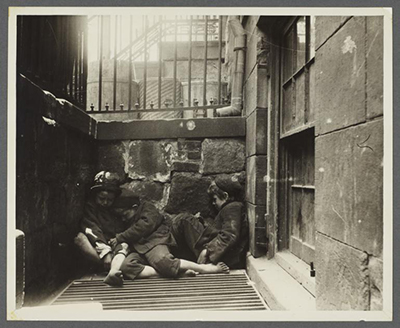

Rolt's biography of Isambard Kingdom Brunel (key proponent of the broad gauge for the Great Western Railway) remarks on the apparent mysteriousness of this lack of implementation, : 202–203 but a likely explanation is that the combatants at the time were likely primarily interested in winning the Gauge War and setting a standard that benefited their commercial interests. Various solutions other than transloading were conceived even in the early era of railways in Britain : 202–203 (including rollbocks, transporter wagons, dual gauge, and even containerization or variable gauge axles), but they were not implemented at the height of the Gauge War in the 1840s, which resulted in a regular need for transloading. 6.6.2 Snapshot of Australian gauges, 2021īreak of gauge was a common issue in the early days of railways, as standards had not yet been set and different organizations each used their own favored gauge on the lines they controlled - sometimes for mechanical and engineering reasons (optimizing for geography or particular types of load and rolling stock), and sometimes for commercial and competitive reasons (interoperability and non-interoperability within and between companies and alliances were often key strategic moves).6.6.1 Origins of Australia's multi-gauge muddle.6.1.4 Local narrow-gauge lines meeting mainlines.6.1.3 Iberian gauge meeting western gauge.

6.1.2 Russian gauge meeting western gauge.2.2 Dual gauge and track gauge conversion.


 0 kommentar(er)
0 kommentar(er)
